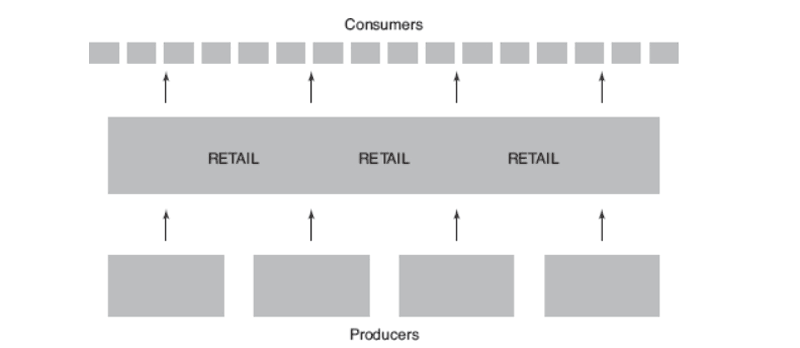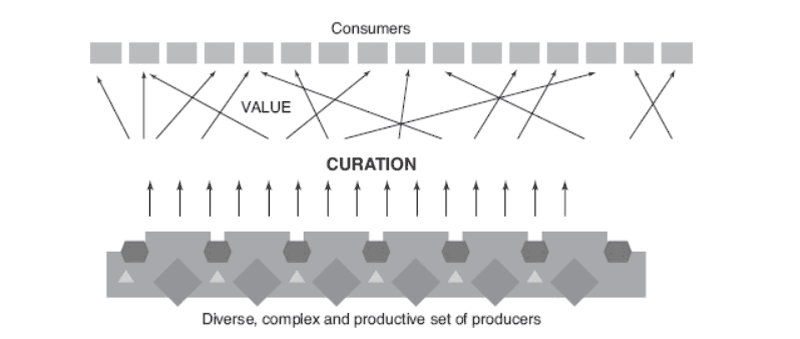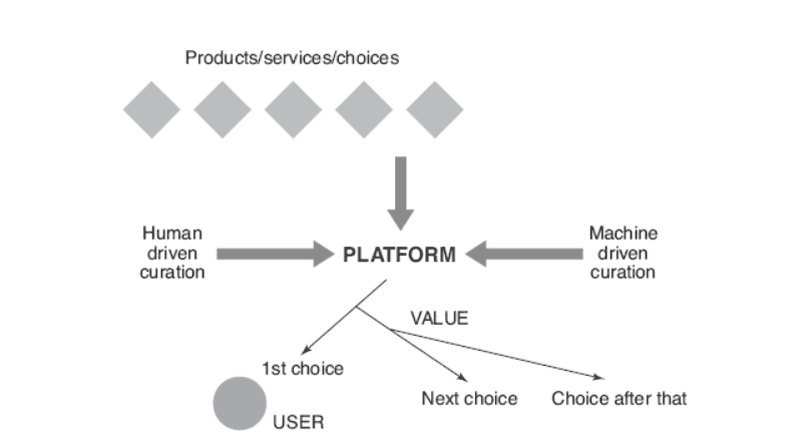In my previous posts, I’ve summarized some points and ideas I’ve found in Michael Bhaskar’s book titled Curation.
He starts his argument with describing the context of the curation. The long boom, as he calls it, has brought with itself an inevitable
Michael Bhaskar dedicates the fifth chapter of his book to the principles of the curation. However, you will get disappointed if you’re expecting some clear and straight curation rules.
In fact, for the most part of the chapter, he re-emphasizes (or re-phrases) what he has stated before. The waves of abundance which the new technology has brought with itself and the problem of choosing which gets more complicated every day.
The age of retailers
At the dawn of the industrial era, despite the productivity growth, still, the market was not saturated. So distribution was yet the critical ring if the chain. Retailers popped up everywhere to fill the gap between consumers and the mass producers.
The efficiency and convenience were the most valuable benefits provided by retailers.

The age of curators
The exponential growth of productivity while demand was not increasing fast enough lead to the problem of overchoice, as it is called by the futurist Alvin Toffler.
Here’s where the consumers felt the need for curators to offer them a more restricted choice. The consumers were even ready to pay for their efforts.
Most of the chapter content here is cited from the research of Sheena Iyengar and Barry Schwartz as it’s mentioned in the paradox of choice.

Platforms as curators
Bhaskar notices a third wave in the abundance era: prosumers.
With the rise of social media and digital platforms, it got easier for the consumers to become a producer at the same time. Now with a large number of producers dealing with a large number of consumers in the market, the curation industry has to upgrade itself to the next level: the curation algorithms.
Bhaskar here notes that, although algorithms have reached greats success, still the pure machine curations have not been as successful as expected and it’s better to combine them with human operators to get the best results. At least until they get much better than today.

Related articles:
- Curation: the power of selection in a world of excess
- The context of curation: computation as a GPT
- Curation and the overload problem






